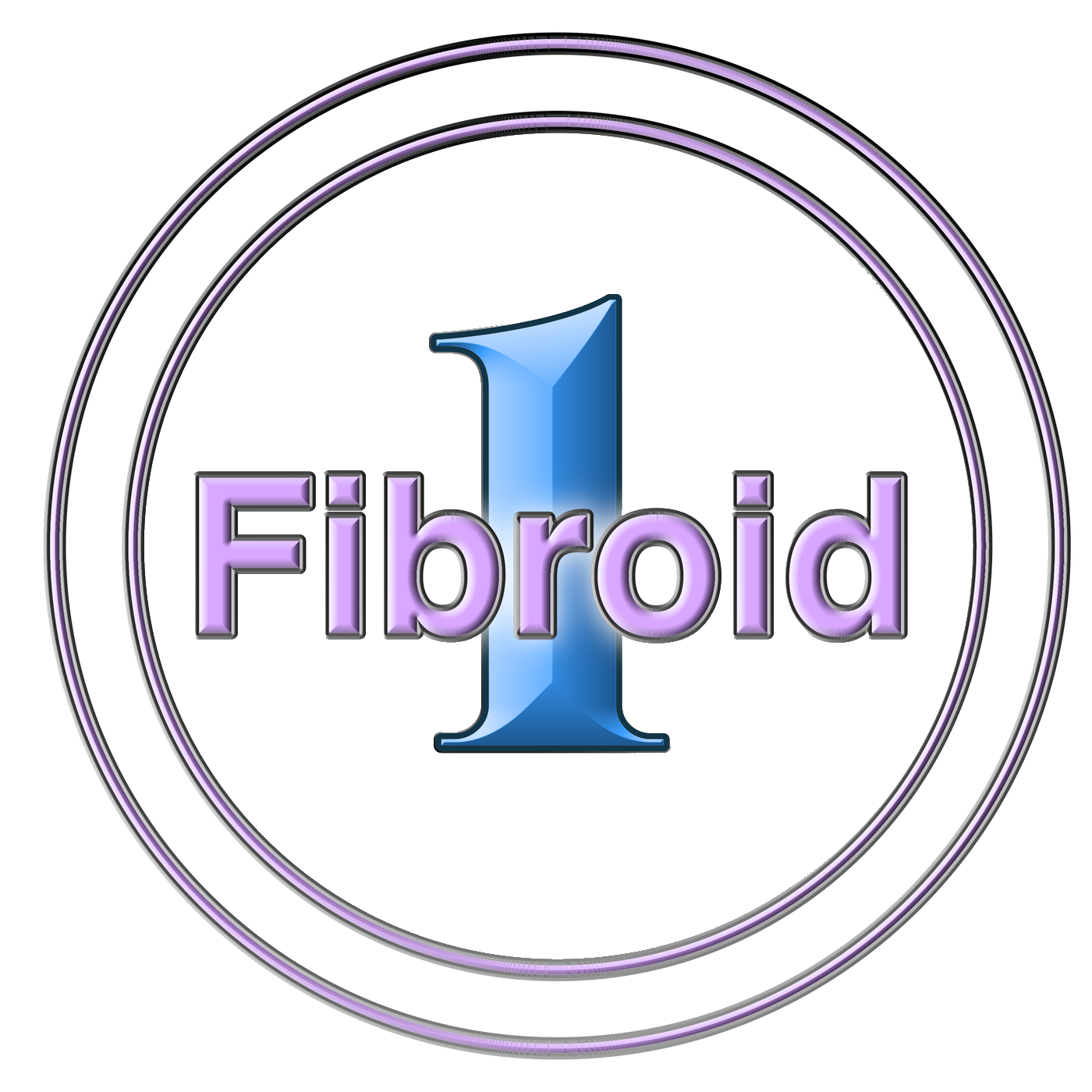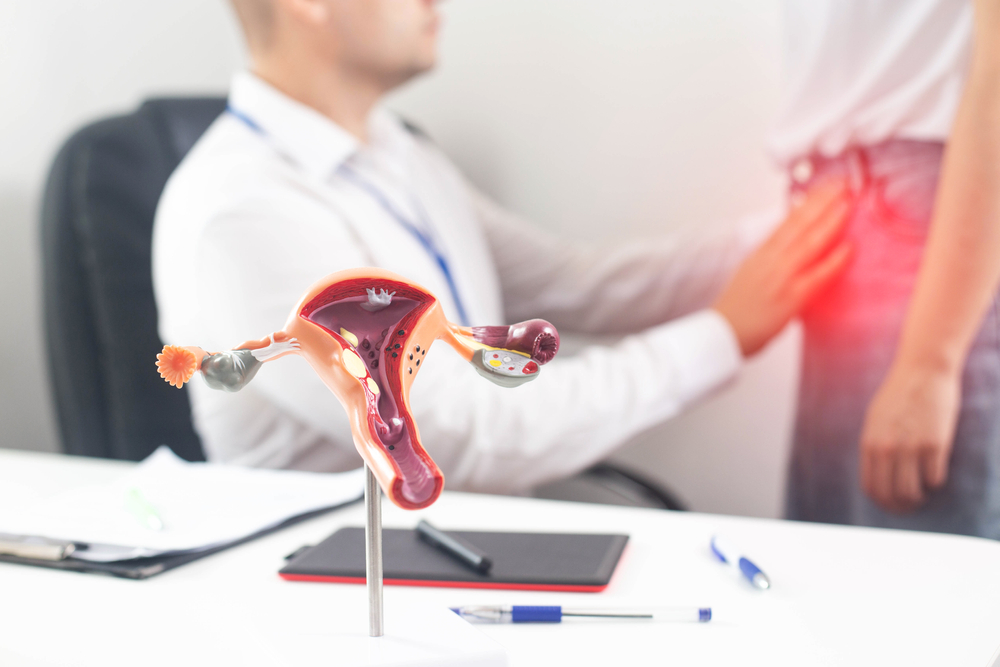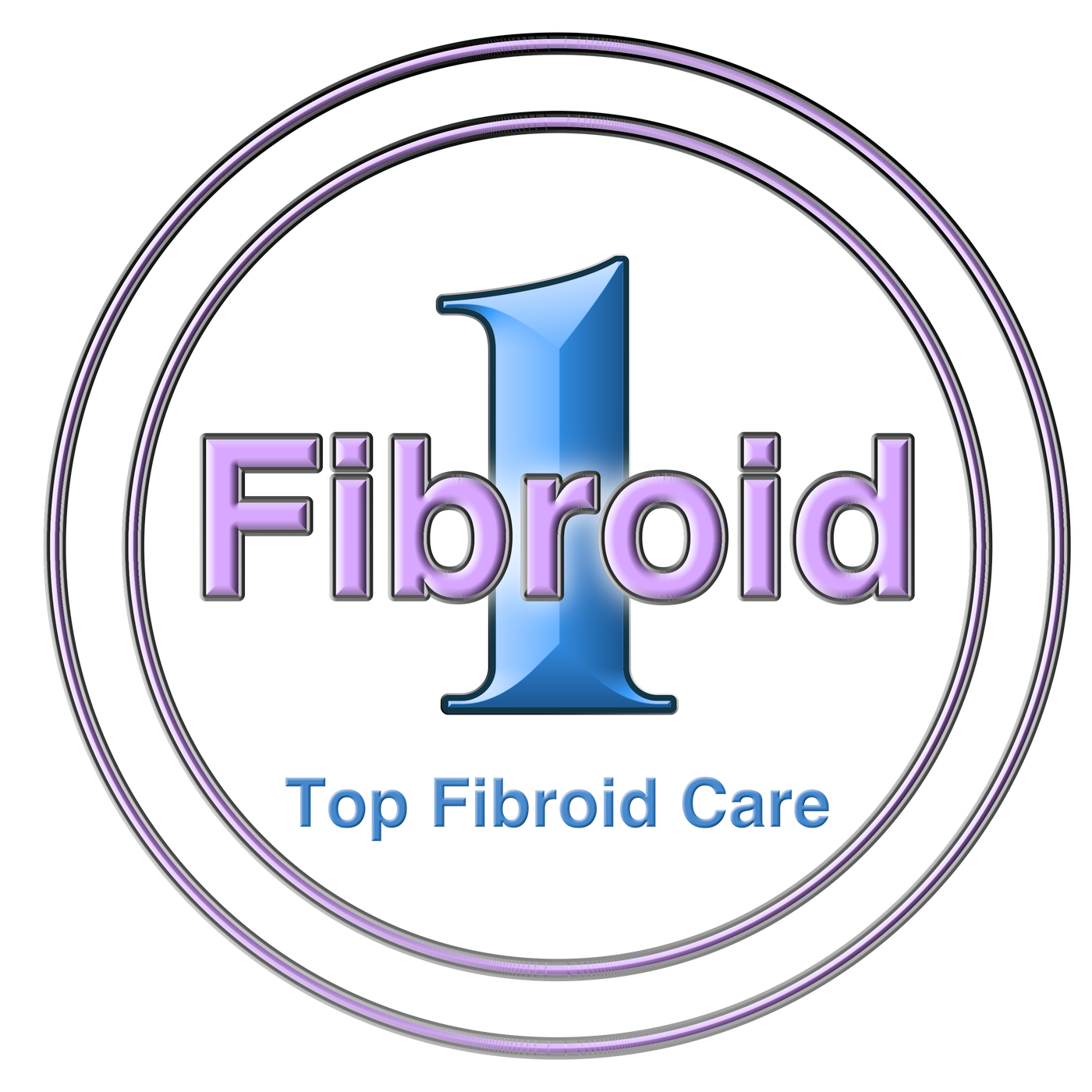There is often some misconception about the relationship between a thyroid condition and fibroid development. For clarity and educational purposes, this article will define the differences and address some of the connections they have in your body.
What is Thyroid?
The thyroid is a small gland which is located in the front of the neck. It is a butterfly-shaped gland with two wide wings extending around the throat’s side. The thyroid makes the hormones necessary for vital body functions and has a huge impact on your body.
Common thyroid conditions include hyperthyroidism and hypothyroidism. Hyperthyroidism occurs if your body excessively develops thyroid hormones. Hypothyroidism occurs if your body develops less thyroid hormone.
What are Fibroids?
A fibroid is a non-cancerous growth that develops in or around the uterus. To be clear, fibroids do not have the risk of developing uterine cancer. Fibroids vary in size, which may cause them to distort or enlarge the uterus. You may never know that you have uterine fibroids as they often do not cause any symptoms. You may have a single or multiple fibroids. A common diagnostic tool to determine if you have a fibroid is a prenatal ultrasound.
The Relationship Between Your Thyroid And Fibroids
The root cause for the development of fibroids is not known. Research has shown that each tumor develops from an abnormal cell in the uterus which then multiplies when it encounters estrogen hormones. Recent studies suggest that women with uterine fibroids have an increased incidence of thyroid nodules. Uterine fibroids in women are associated with thyroid and estrogen. Estrogen has a pivotal role in the occurrence of both thyroid nodules and uterine fibroids.
Women who have uterine fibroids have an increased risk of thyroid goiters. Abnormal thyroid levels may alter the uterine antioxidative status and affect uterine development and function. The under-active thyroid function is a risk factor for developing fibroids. Studies also suggest that women with uterine fibroids are at a higher risk of developing thyroid cancer.
Thyroid Treatments
The thyroid is usually treated with medication or surgery. Although the length of medicinal treatment varies for each person, thyroid medication is normally taken for a few months until your hormone levels return to normal. The dose will then be reduced and eventually stopped. It may also be recommended to take supplemental vitamins and make dietary adjustments to help your thyroid.
How to deal with Fibroids?
Uterine Fibroid Embolization (UFE) is an inexpensive and invasive way to treat fibroids. Compared to other surgical procedures, it is the safest and most effective way to treat fibroids with the fastest recovery time.
Uterine fibroid embolization, also known as uterine artery embolization, is often performed as an outpatient procedure and the procedure itself lasts about an hour. Compared to a larger surgical incision, UFE is performed through a tiny pinhole-like puncture in the upper thigh to provide access to the arteries feeding the fibroids.
A Vascular Specialist will begin by making a tiny pinhole-like puncture in the groin area. This puncture provides access to arteries that feed the fibroids. Using specialized X-ray equipment, a catheter (small tube) is inserted into the uterine artery and guides it near the location of the fibroid tumor.
The oxygen deprivation results in fibroids shrinking. The embolic material remains permanently in the blood vessels at the fibroid site. Once the specialist has completed the embolization of the uterine artery on both sides, the catheter is gently removed.
Alternative methods such as hormone therapy and medicines can be effective methods as well or may be combined with other treatments. Each method has varying success, but the 1Fibroid team is dedicated to providing you with the best solution for your body and lifestyle.












